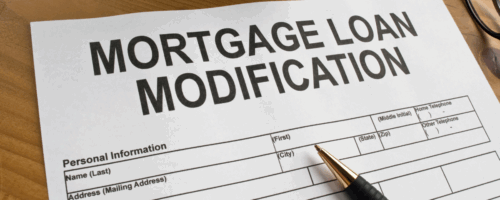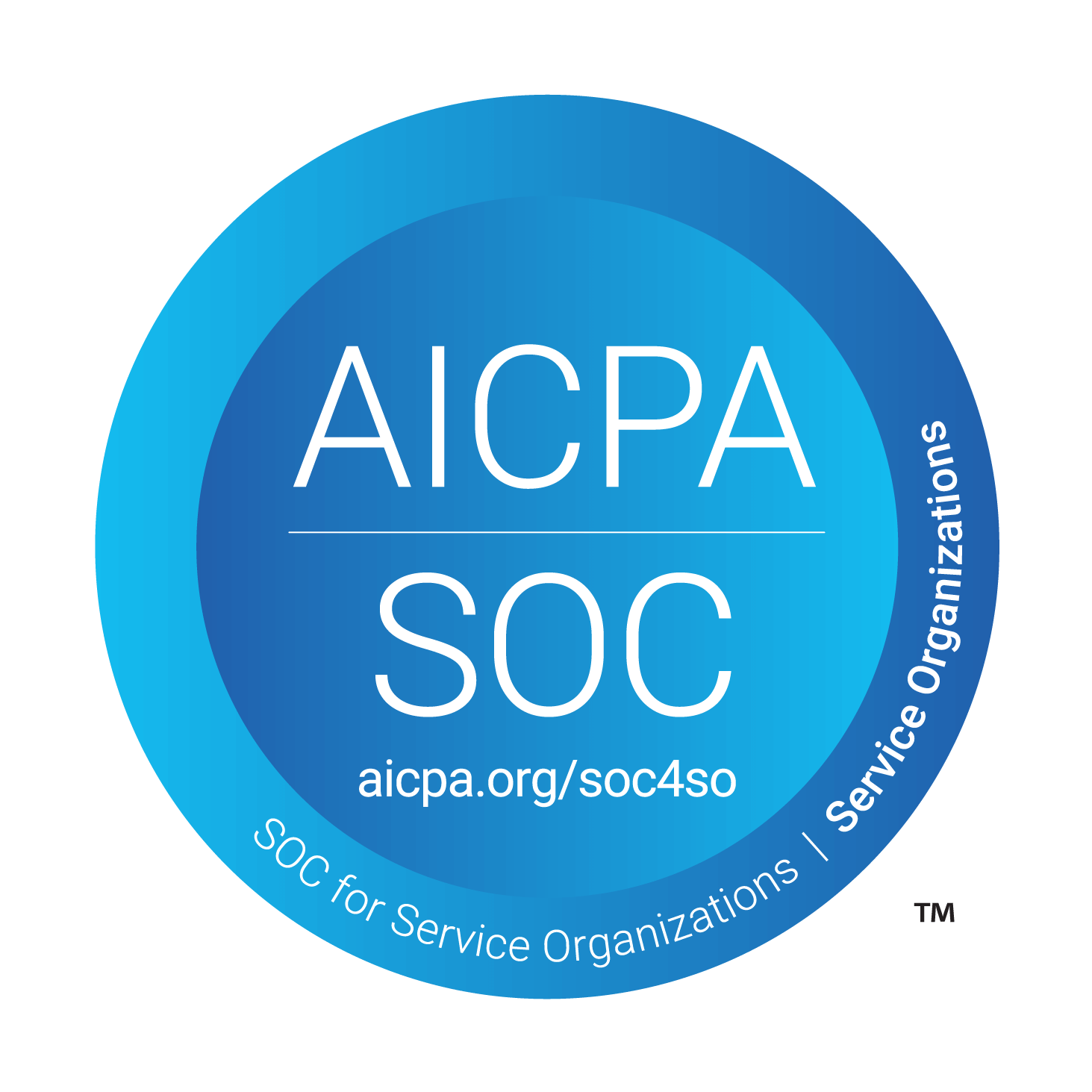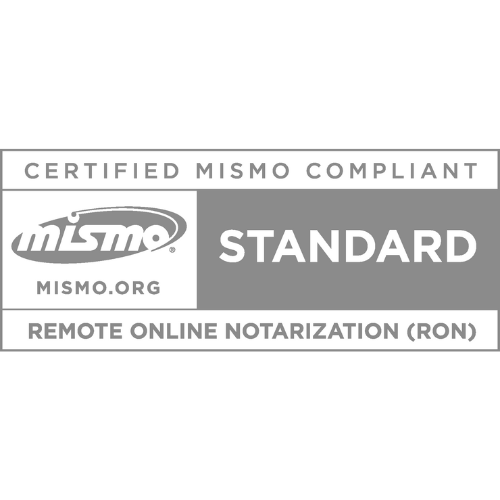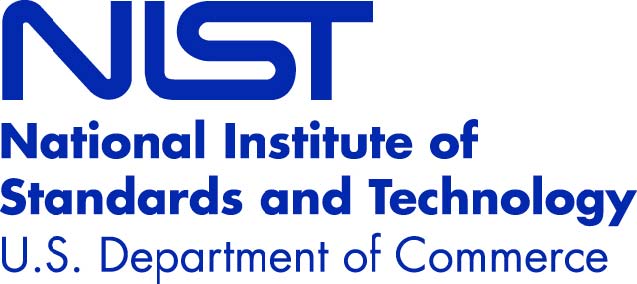Disclaimer: This blog post is for informational purposes only and does not constitute legal advice. Please consult an attorney for guidance on specific laws regarding Remote Online Notarization (RON), digital signatures, and related legal matters. As laws concerning RON and notarization are subject to frequent changes, it is advisable to verify current regulations with your local government.
Have you ever thought about the hidden world behind that stamp of approval on your legal documents? Forms of identification for notary services—a seemingly simple topic—may carry more weight than you think. It’s not just about flashing an ID; it’s often the first line of defense against fraud and a crucial step in verifying the authenticity of legal transactions.
Notaries may not get much spotlight, but their role in safeguarding the integrity of documents can be significant. So what types of ID are typically acceptable? And how do new technologies, like digital driver’s licenses, fit into the evolving landscape?
This post explores those questions and more, offering insights that could prove helpful for both curious individuals and professionals in the field. Whether you’re navigating remote online notarization or wondering about credible witnesses, understanding forms of identification for notary services can make the process clearer—and possibly smoother.
Understanding the Role of a Notary Public
A notary public can play a vital role in maintaining integrity and trust in legal proceedings. They help ensure that signatures on important documents are genuine by acting as an impartial witness to deter fraud.
Legal Requirements for Notaries
State regulations and federal laws govern the duties of a notary public, requiring both a working knowledge of legal procedures and a commitment to following them carefully. These laws outline what is expected of notaries when they carry out their responsibilities, including how and when they may notarize documents.
To act as a notary public, an individual must understand and adhere to clearly defined steps that help ensure the integrity of the notarization process. One of the most important duties involves verifying the identity of the signer. This typically includes reviewing acceptable forms of identification for notary services, such as government-issued driver’s licenses, passports, or other forms of photo ID that meet state-specific criteria. In some situations, alternative options like credible witnesses or digital ID formats may also be allowed, depending on jurisdiction.
Only after completing this verification process can the notary apply their official seal to a document—signifying that the signer’s identity has been reasonably confirmed and the act was carried out in accordance with applicable regulations.
Notary Services and Preventing Forgeries
Preventing forgery is one of the most important responsibilities in a notary’s role. Beyond following state and federal laws, notaries are expected to stay alert and use all available tools and best practices to detect and deter fraud. This includes understanding common red flags that may suggest a transaction isn’t legitimate or that a signer’s identity could be in question.
Have you ever wondered why notarization is often required for major legal transactions—like real estate closings, estate documents, or powers of attorney? It’s not just a formality. These layers of oversight help reduce the risk of fraud, coercion, and disputes. By witnessing signatures and confirming identities, notaries can be a safeguard in the legal process.
The demand for this kind of protection is substantial. In 2022, the National Notary Association reported over 4 million commissioned notaries in the U.S.—a number that continues to rise as the need for trustworthy verification grows.
A key part of fraud prevention involves properly identifying the signer. This usually means examining acceptable forms of identification for notary services, such as state-issued driver’s licenses, passports, or military IDs. The name on the ID should match the name on the document, and the physical appearance of the individual should reasonably align with the photo.
But possession of an ID alone isn’t always enough. The document must be current and valid. Expired IDs, unless permitted by state law, often do not qualify as reliable proof of identity because they may not reflect the individual’s present status or appearance.
Key Takeaway:
A notary public’s job can be crucial for legal integrity, checking identities and helping to prevent fraud in key transactions. They use government-issued IDs like passports or driver’s licenses to verify a person’s identity. But remember, only valid IDs pass the test because expired ones aren’t reliable proof of identity.
Acceptable Forms of Identification for Remote Online Notarization (RON)
When performing Remote Online Notarization, verifying a signer’s identity isn’t just important—it’s foundational. But because RON happens virtually, ID verification must be even more precise.
That’s why the acceptable forms of identification for RON are typically regulated by both state laws and platform-specific compliance protocols.
What Makes an ID Acceptable for RON?
In most states that allow RON, the ID must be:
- Government-issued
- Current (non-expired, unless the state permits otherwise)
- Contain a photo and physical description
- Include a signature and an expiration date
Commonly accepted forms include:
- U.S. state-issued driver’s licenses
- State-issued non-driver ID cards
- U.S. passports
- Foreign passports (in some states, if properly stamped by U.S. immigration)
- U.S. military IDs* (note that military IDs may not always be accepted because some systems may maintain a copy of the ID as required by certain transactions, and military IDs are not permitted to be copied).
- Permanent resident or green cards
These documents may be presented by the signer via webcam during the notarization session or verified using knowledge-based authentication (KBA) and credential analysis tools, depending on state rules.
IDs That May Not Be Accepted
Some documents, while official-looking, generally don’t meet RON requirements. These may include:
- Social Security cards
- Birth certificates
- Credit/debit cards
- Library or student IDs
- Work badges without state/federal issuance
These lack key features such as a photo, expiration date, or security features needed for digital credential analysis.
State-Specific Requirements for ID
Different states have unique rules about acceptable forms of identification, which could range from driver’s licenses and green cards up to more niche options, such as resident cards issued by Homeland Security or county sheriff’s departments.
State laws governing RON ID requirements can vary. For example:
- Texas accepts state-issued IDs. They also accept foreign passports with proper stamps for notarizations involving residential real estate transactions (like deeds).
- Florida allows foreign passports if stamped by the United States Bureau of Citizenship and Immigration Services (USCIS).
- Virginia permits electronic notarial acts with credential analysis and KBA.
- California currently does not authorize RON for its commissioned notaries, but rather accepts notarizations by notaries from other states..
This is just one example of why it’s always important to consult the applicable state’s RON statute or administrative rules. You should also be aware that these guidelines are subject to change.
What About Digital Driver’s Licenses?
Digital driver’s licenses are becoming more common, but they may not yet be accepted for RON in every jurisdiction. Even where permitted, not all RON platforms have the tools needed to verify digital credentials securely. Before relying on a digital license, check both your platform’s capabilities and your state’s rules.
Key Takeaway:
So, when it comes to getting your documents notarized, make sure you’re ready with a valid ID. However, keep in mind that ‘valid’ can vary by state. Generally, a valid ID is one issued by a state or federal government and contains a photo and a signature. Typical IDs like credit cards or social security cards often won’t work because they don’t have the necessary details for preventing fraud. It’s best to research what your specific state and RON platform accepts—there might be less common options on the table such as Homeland Security resident cards or county sheriff department IDs.
How Identity Verification Works in RON
Remote Online Notarization (RON) requires a higher level of identity verification than traditional, in-person notarization. Since the signer and notary are not physically in the same location, the process typically relies on a combination of credential analysis, knowledge-based authentication (KBA), and sometimes biometric verification. These layers are designed to help reduce the risk of fraud and validate that the person signing the document is who they claim to be.
Credential analysis involves scanning and analyzing a government-issued ID using software approved by the state. This system checks for security features, expiration dates, and other factors that help confirm the ID’s authenticity. It’s not enough for an ID to “look real”—the software must detect embedded markers and validate that the document has not been tampered with.
Knowledge-based authentication (KBA) is a secondary verification step in many states. It presents the signer with time-sensitive questions pulled from their personal or financial history—such as past addresses, vehicle ownership, or loan data. The signer must answer a set number of questions correctly within a short period. If they fail, they may be given a second attempt, but failing again typically results in denial of the notarization session.
Some RON platforms also offer biometric verification, such as facial recognition, although this is not yet widely adopted or required by most states. When used, it adds another level of assurance that the person presenting the ID matches the image and metadata provided.
Altogether, the process may seem rigorous, but it’s designed to provide a secure environment for remote transactions. The exact requirements may vary depending on the jurisdiction, platform, and type of document being notarized, so it’s essential to check applicable state regulations and RON provider policies.
What Happens if a Signer Doesn’t Have an Acceptable ID?
A missing or unacceptable ID doesn’t automatically disqualify someone from completing a Remote Online Notarization—but it can complicate the process. If a signer lacks an acceptable government-issued ID, most often the signer will be advised to update or replace their ID before proceeding. An expired ID is often the issue, especially for seniors, students, or those who have recently relocated.
For RON sessions that rely on KBA, another challenge arises when the signer has insufficient public records. This can happen with younger adults, recent immigrants, or individuals who live off the grid. In such cases, the person may be unable to answer the required authentication questions and will need to explore alternatives.
If no acceptable ID or workaround exists, a traditional in-person notarization may be the more viable route. It’s always wise for signers to confirm in advance whether their ID is valid for RON use and to consult with the notary or RON provider about backup options.
Common Mistakes to Avoid During ID Verification
Even experienced notaries and tech-savvy signers can encounter pitfalls during the RON identity verification process. A seemingly small oversight—like using an expired ID or misreading a name—can result in a failed session or, worse, a legally challenged notarization.
One frequent mistake is assuming any form of photo ID will suffice. Student IDs, work badges, or expired government documents may look official but usually don’t meet RON standards. Acceptable IDs typically must be government-issued, unexpired (unless state law says otherwise), and contain key features like a photo, signature, and expiration date.
Another error is failing to match the signer’s name on the document to the name on the ID. The names should align exactly. Nicknames, missing middle initials, or name changes due to marriage or divorce can all raise red flags. If the ID name doesn’t match the document name, the notary may be required to halt the session.
Technical issues are also common. Poor lighting, low-resolution webcams, or glare on the ID can interfere with credential analysis tools. If the software can’t clearly scan the document, the session may fail. Ensuring a well-lit environment and holding the ID steady in front of the camera can often prevent these problems.
Signers may also mistakenly think a screenshot or photocopy of an ID will suffice. However, RON platforms generally require a live scan of the physical ID through the webcam. Using a duplicate version can disrupt the credential analysis or flag the session as fraudulent.
Avoiding these common mistakes can help ensure that RON sessions run smoothly and lawfully. When in doubt, reviewing the state’s RON laws and platform training materials can clarify requirements and reduce risk.
Conclusion: Why Forms of Identification for Notary Matter More Than Ever
As Remote Online Notarization (RON) continues to expand across the U.S., the importance of properly verifying identity cannot be overstated. At the heart of every secure remote notarization lies one foundational element: forms of identification for notary purposes. These are more than just bureaucratic requirements—they can serve as essential tools to uphold trust, prevent fraud, and help ensure legal compliance in a digital environment.
Understanding what constitutes an acceptable ID, how credential analysis and KBA work, and what to do when a signer lacks proper documentation can make or break a successful RON session. With regulations varying by state and evolving rapidly, staying informed about ID requirements is no longer optional—it’s part of being a responsible notary or participant in remote notarization.
Whether you’re a commissioned notary, legal professional, or someone preparing for your first online notarization, taking the time to learn about forms of identification for notary in the RON setting may help reduce errors, avoid delays, and protect all parties involved.
Always check your state’s specific laws and your RON platform’s verification policies—and when in doubt, ask questions. A little preparation can go a long way in keeping your notarization process both smooth and secure.
Common Questions About Forms of Identification for Notary Services
What types of ID are typically accepted for Remote Online Notarization (RON)?
Most states require a current, government-issued photo ID that includes the signer’s name, photo, signature, and expiration date. Commonly accepted forms include state-issued driver’s licenses, U.S. passports, military IDs, and in some cases, foreign passports with U.S. entry stamps. Always verify with your state’s RON laws or the platform you’re using.
Can a signer use an expired ID during a RON session?
In most states, expired IDs are not accepted unless the state explicitly allows them under specific conditions (e.g., within a certain number of years). Even if the signer is easily identifiable, the RON platform or notary may be required by law to reject expired identification.
What happens if the signer doesn’t have acceptable identification?
If a signer cannot present a valid form of ID, some states allow the use of a credible witness to verify identity, though this must follow strict guidelines. If no alternative is permitted, the signer may need to renew their ID or opt for an in-person notarization instead.
Most RON platforms will require a valid, non-expired photo ID to proceed with the signing.







 Your Privacy Choices
Your Privacy Choices


